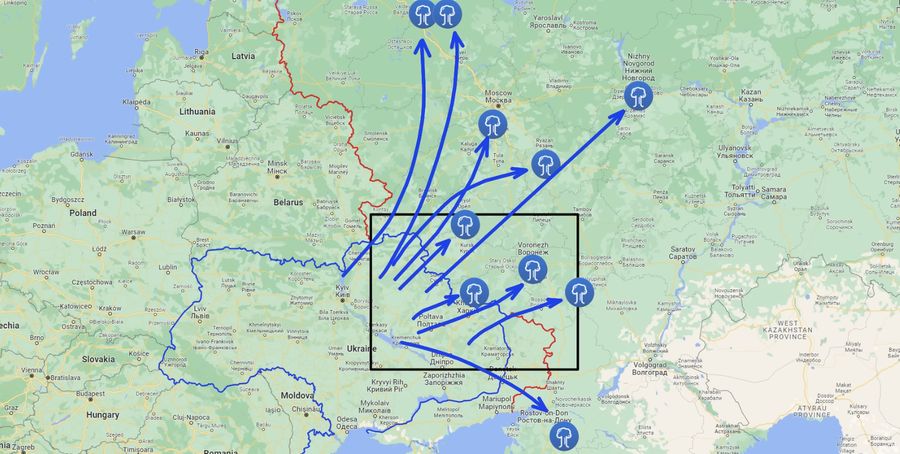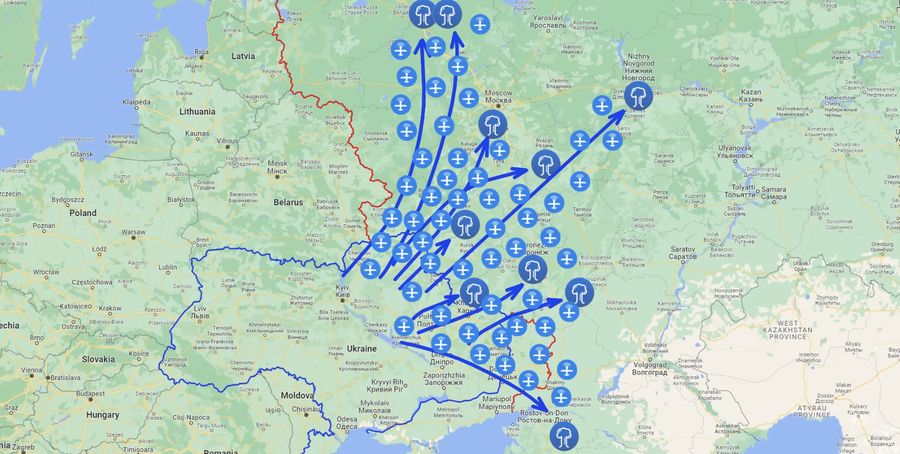Day 749: 13 March
March 12 brought a lot of interesting developments in the northeast.
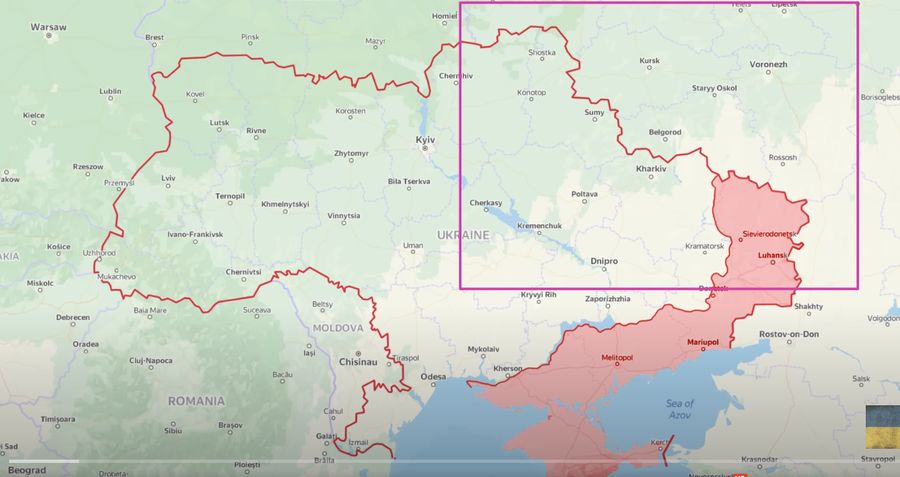
Here, Ukrainian forces conducted one of the most successful massive strikes against Russian military assets, such as airfields, factories, and headquarters, as well as energy infrastructure, such as refineries and fuel depots.

Drone attacks cause fires at two oil facilities in Russia (updates)
This was also the deepest strike that Ukrainians have ever conducted, as Ukrainian drones successfully destroyed targets up to 900 kilometers away from the Ukrainian border.
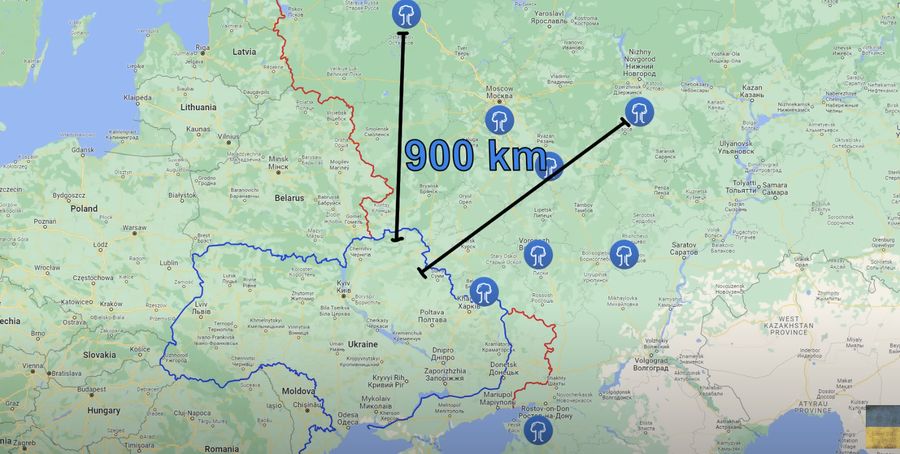
This achievement was a direct result of the recent advancements in long-range drone technologies, as well as the rapidly increased scale of production of these drones, as part of one of the main Ukrainian goals for twenty-twenty-four.
But what is interesting is that the first part of the operation started on the ground. Here, three separate detachments conducted a series of limited cross-border incursions into Russia's Belgorod and Kursk regions.

Anti-Kremlin battalions announce offensive operation inside Russia against Putin’s regime
It is important to note that all three detachments consisted of Russian citizens who are fighting on the Ukrainian side, namely, the Russian Volunteer Corps, Freedom of Russia Legion, and the Siberian Battalion. Previously, there were only two detachments, so the establishment of the third one means that the number of Russian citizens who are fighting on the Ukrainian side has notably increased.
These All-Russian Pro-Ukrainian detachments opened four vectors of attack. Released combat footage showed how Russian forces were fleeing the border due to the unexpected attack.

The pro-Ukrainian forces managed to enter multiple settlements and assumed virtually an all-round defense to draw Russian forces.

Russian sources published footage showing how they strike the pro-Ukrainian forces and block their further movement.

Russian military analysts claimed that the attacks completely failed, and Russian forces managed to react and repel the attacks timely, showing a substantial improvement from what we saw almost one year ago.
However, judging by the locations of advancement, unlike the last time, the goal of the pro-Ukrainian forces was not to get as deep into the Russian territory as possible.

In fact, the goal of the pro-Ukrainian forces seemed to be to engage as many Russian forces as fast as possible because the pro-Ukrainian forces attacked Russians exactly at the same spots as last time. It was expected that Russians would reinforce these regions after the previous painful incursions, so if the pro-Ukrainian forces wanted to penetrate the Russian border, they would highly likely not repeat themselves. But by repeating themselves, they generated a rapid, coherent response from the Russian side, engaging a lot of forces, including aviation.
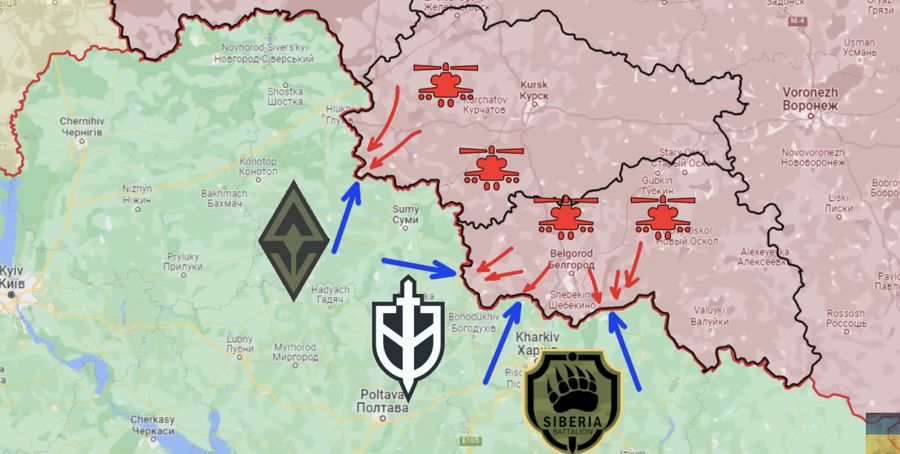
Russian sources reported that Russians used helicopters to conduct airstrikes, and this is exactly what Ukrainians waited for because the next thing that happened was the launch of the massive drone strike.
With a lot of friendly objects in the sky, detection, and interception of Ukrainian drones was significantly harder, allowing them to penetrate the Russian airspace by record distances. It seems like due to the confusion, the Russian air defense operators once again shot down their own aviation. Recently released footage shows a burning IL-76 aircraft rapidly losing altitude.

As a result, the aircraft crashed, with the whole crew immediately presumed dead. Some sources also reported about the interception of the Russian Su-twenty-seven in the Belgorod region, however, this information is still being clarified.
In the meantime, the Ukrainian drones started hitting the Russian facilities.
The first target of the Ukrainian strike became an oil refinery in the Nizhny Novgorod region. At least one Ukrainian drone flew almost 1,000 kilometers and struck the refinery, causing a fire. Firefighting teams are currently trying to extinguish it.
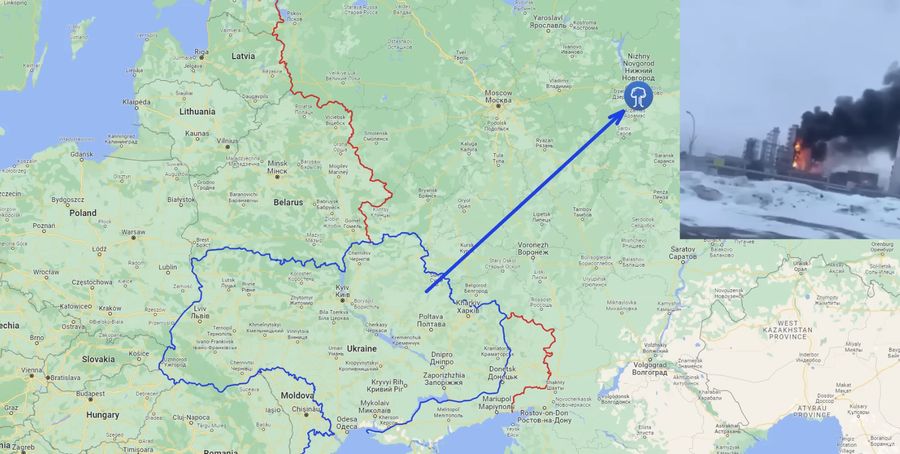
The second target became a fuel and energy complex facility in the Oriol region.

Ukrainian drones hit the oil depots, starting a fire, however, in this particular case, it was extinguished relatively quickly.

The third target became the Ryazan oil refinery. Ukrainians attacked with Mugin-5-pro drones, targeting two oil processing installations at the Ryazan Oil Refining Company's site.

The attack caused a fire, and footage shows a plume of smoke rising from the area.
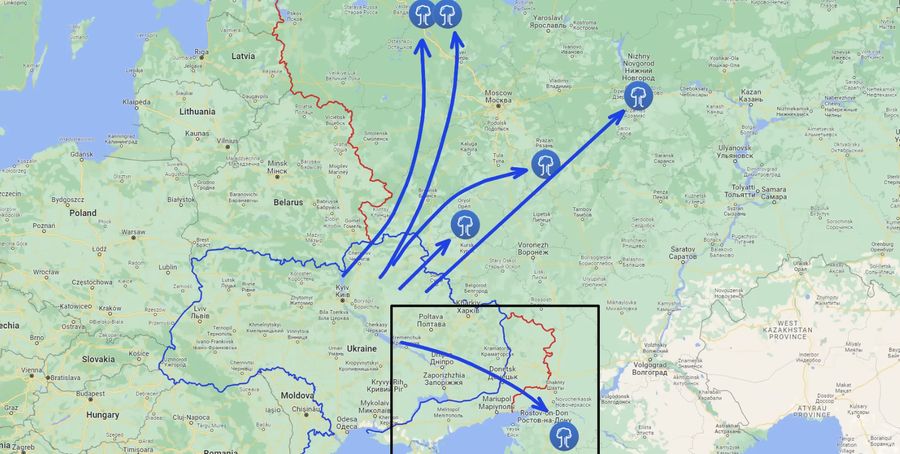
The last refinery was hit in the Rostov region, reportedly causing the refinery to stop operations.
The Institute for the Study of War concluded that the decline in refinery production shows that Ukrainians can generate asymmetrical effects against critical Russian energy and military infrastructure by targeting high-value assets with a few relatively inexpensive drones.
The attacks continued in the subsequent days:
Media: Ukraine’s security service attacks 3 Russian refineries in Samara Oblast overnight
In our daily frontline report, we pair up with the military blogger Reporting from Ukraine to keep you informed about what is happening on the battlefield in the Russo-Ukrainian war.

